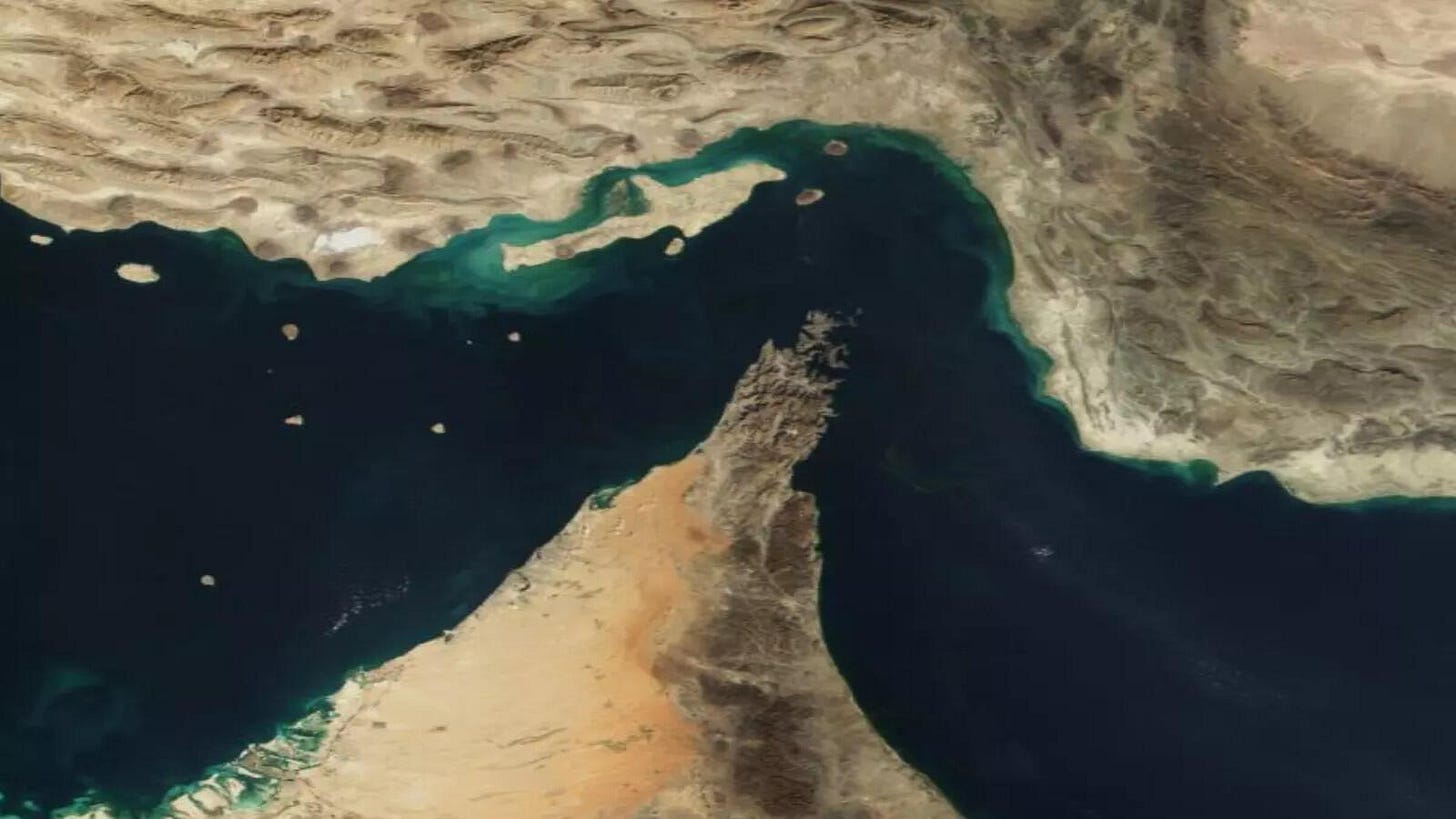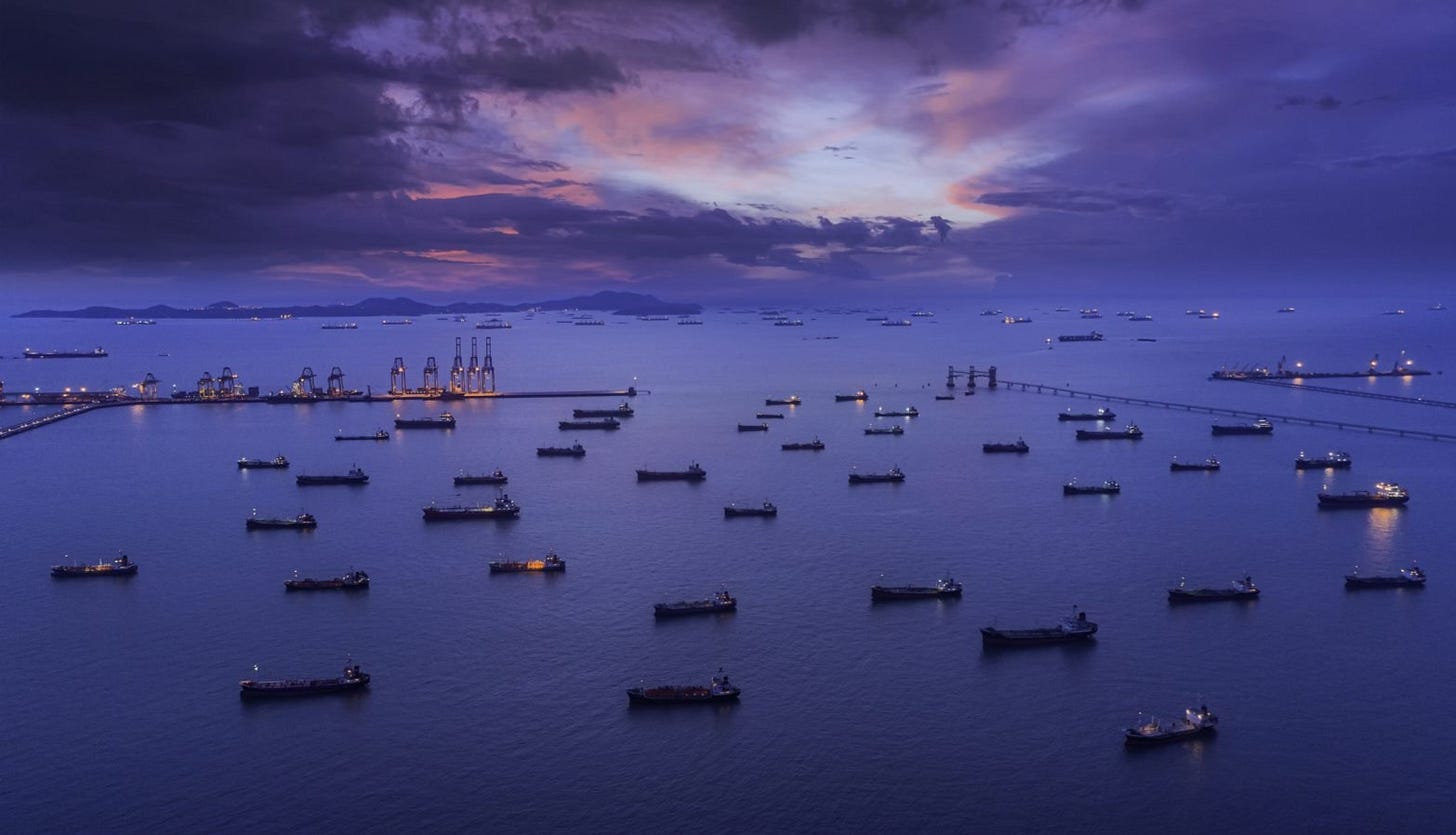If Iran actually closes the Strait of Hormuz, the global economy doesn’t wobble—it crashes headfirst into the nearest gas pump and starts vomiting currency. This isn’t some fringe threat anymore. The Iranian parliament has already made its move, and now the only thing standing between 20% of the world’s daily oil supply and total disruption is a Supreme National Security Council that isn’t exactly known for its calm restraint. The Strait of Hormuz is a 33-kilometer-wide pressure point—an economic jugular vein—and Iran is standing over it with a knife, tapping the blade, smiling just a little too wide.
Start with China, the world’s hungriest oil addict. Nearly half of its daily crude imports glide right through that narrow corridor between Iran and Oman. If Hormuz shuts down, China’s coastal refineries start wheezing like chain smokers at high altitude, and Beijing’s “peaceful rise” starts to smell like burning tires. India’s not far behind. Nearly 40% of its crude comes through Hormuz, and while they’ve made some effort to cozy up to Russian barrels, nobody switches suppliers mid-heart attack. Japanese and South Korean tankers would suddenly look like slow-moving treasure chests just begging to be targeted, and Europe—already sleepwalking through an energy crisis—would find its precious Qatari LNG deliveries cut off faster than a Tinder date who starts quoting Ayn Rand.
Everyone bleeds when Hormuz closes, but the bleeding isn’t evenly distributed. Iran might suffer too, sure, but they’ve spent the last decade building a black-market export system that would make Al Capone blush. They ship oil through ghost fleets and shadow banks, and China will buy it with a wink and a loophole. Meanwhile, countries playing by the rules—read: most of the world—are left gasping for breath and wondering why the free market feels like a noose.
And what about the United States, that proud global hall monitor with a warship in every bathtub? We’ll respond, of course. Not because we’re noble defenders of maritime law, but because the moment oil stops flowing, so does the American dream—and you can’t keep suburban lawns green or military recruitment numbers up on $10-per-gallon gas. The U.S. Fifth Fleet will leap into action, escorting tankers through a war zone while dodging Iranian drones, missiles, and speedboats with martyrdom complexes. It’ll be a remake of the 1980s Tanker War, except this time with better graphics, worse decision-making, and probably a live stream sponsored by Lockheed Martin.
If Iran pulls the trigger, it won’t just start a firefight—it’ll light a dozen regional fuses. Hezbollah might decide it’s time for a grand reopening against Israel. The Houthis could blockade the Red Sea again, flipping the bird to the Saudis and anyone else who relies on the Suez Canal. In Iraq, U.S. bases would go from quiet staging grounds to live targets in less time than it takes to say “unintended consequences.” It’s not a domino effect—it’s a bar fight where everyone’s already drunk and holding broken bottles.
The most absurd part? Even if Iran reopens the Strait after a few weeks of performative brinkmanship, the damage is already done. Oil markets don’t forgive. Insurance premiums skyrocket. Shipping routes shift. Governments panic. The global economy, already hanging by a thread and a prayer, starts muttering to itself and wandering into traffic. Investors develop stress ulcers. Central banks run out of euphemisms. And somewhere in Texas, a billionaire oil tycoon starts laughing so hard he chokes on his Wagyu steak.
So no, this isn’t just a “Middle East thing.” This is the beating heart of the global economy, and Iran’s got a loaded gun pointed at it. If they pull the trigger, pray you live near a bicycle repair shop and a rice distributor. Because we’re about to find out what happens when globalization takes a punch to the throat and nobody knows CPR.
The world isn’t stable, and neither is the truth. If you want journalism that holds the line anyway, subscribe to Closer to the Edge.
This post has been syndicated from Closer to the Edge, where it was published under this address.



